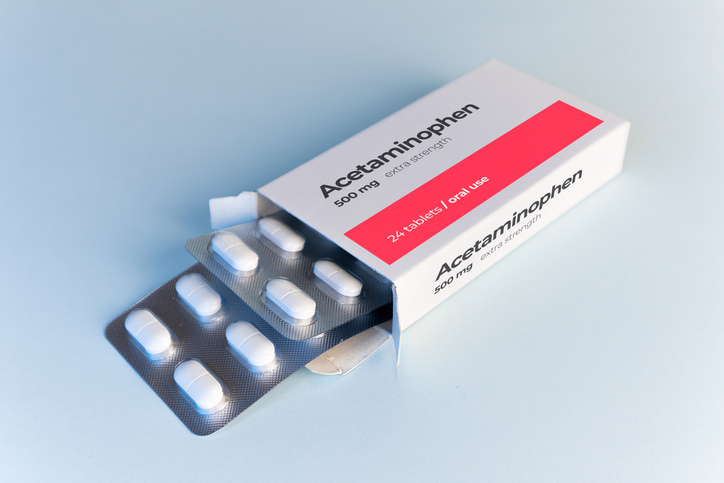
Here are the top stories recently covered by DocWire News in the rheumatology section. In this edition, read about opioid prescriptions in orthopedics, a drug that may slow down arthritis progression, worldwide gout prevalence, and arthritis and diabetes risk.
In light of the opioid epidemic, there has been concern surrounding narcotic prescriptions, particularly when it comes to orthopedic surgeries, which can result in significant postoperative pain. One study evaluated the correlation between opioid consumption and patient satisfaction in total joint arthroplasty (TJA) patients. Factors associated with having zero post-discharge refills after TJA included undergoing total hip arthroplasty (THA), age ≥65 years, and Medicare insurance. THA patients were significantly less likely to receive a refill narcotic. Satisfaction was higher among patients who consumed less opioids overall when they got a refill.
Another study assessed pain control trends in TJA. A total of 236,631 TJA patients were identified: 86,058 THA patients and 150,573 total knee arthroplasty (TKA) patients. From 2014 through 2017, the proportion of TKA patients who received an opioid prescription within 60 days of discharge increased from 81.9% to 91.5%; for THA patients, it increased from 82.0% to 89.7%. From 2014 to 2015, an increase in the mean morphine milligram equivalent prescribed during the 60-day post-discharge period was observed in both groups; the mean remained stable from 2015 to 2016 and decreased from 2016 to 2017. No significant differences were observed in the mean level of pain at discharge after THA or TKA during any point in the study period.
There is currently no treatment to slow down osteoarthritis (OA) progression—but if the findings of a new study hold true, that may change. An analysis of CANTOS, a randomized, controlled trial, found that canakinumab just may hold this ability. Canakinumab patients, compared to placebo patients, were less likely to require joint replacement. The most significant limitation of the study, however, is that CANTOS was not intended to evaluate the correlation between canakinumab and OA. The original trial, published in The New England Journal of Medicine, was designed to compare canakinumab versus placebo for cardiovascular outcomes including nonfatal myocardial infarction or stroke, or cardiovascular death.
A study of the prevalence of gout across the globe found that the burden of the inflammatory disease is on the rise. An estimated 41.2 million prevalent cases of gout were identified around the world; there were an estimated 7.4 million incident cases per year and close to 1.3 million years lived with disability in 2017. Increased prevalence estimates were observed for males and older age groups; in 2017, increases with age were observed for males and females. Developed regions and countries had the highest burden of gout. In 2017, the top three countries with the highest age-standardized point prevalence estimates of gout were New Zealand, Australia, and the United States; the top three countries with the highest increases in age-standardized point prevalence estimates of gout over the study period were the United States, Canada, and Oman.
More rheumatology news: Rheumatoid Arthritis Linked to Lower Risk for Incident T2DM







 © 2025 Mashup Media, LLC, a Formedics Property. All Rights Reserved.
© 2025 Mashup Media, LLC, a Formedics Property. All Rights Reserved.